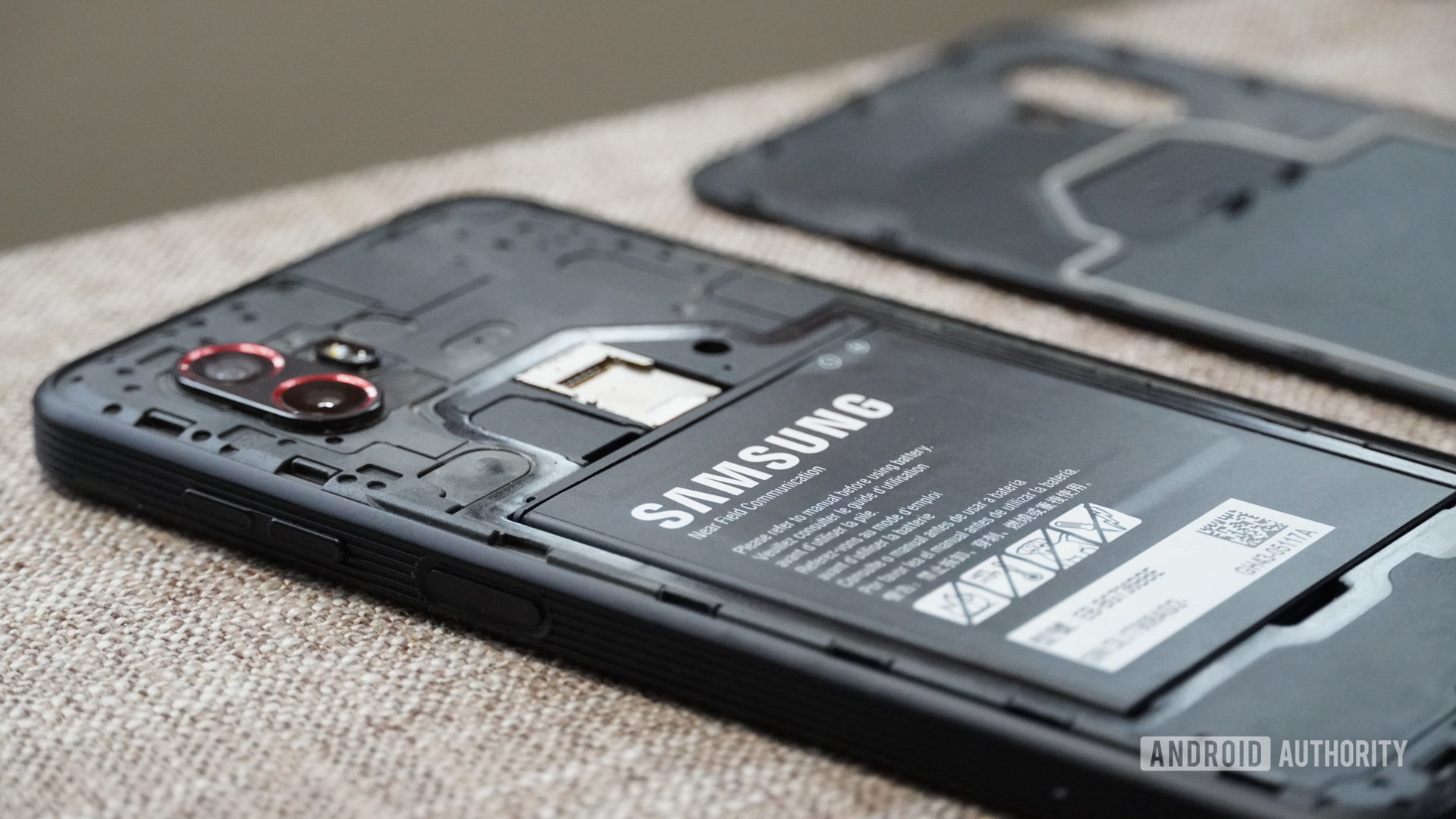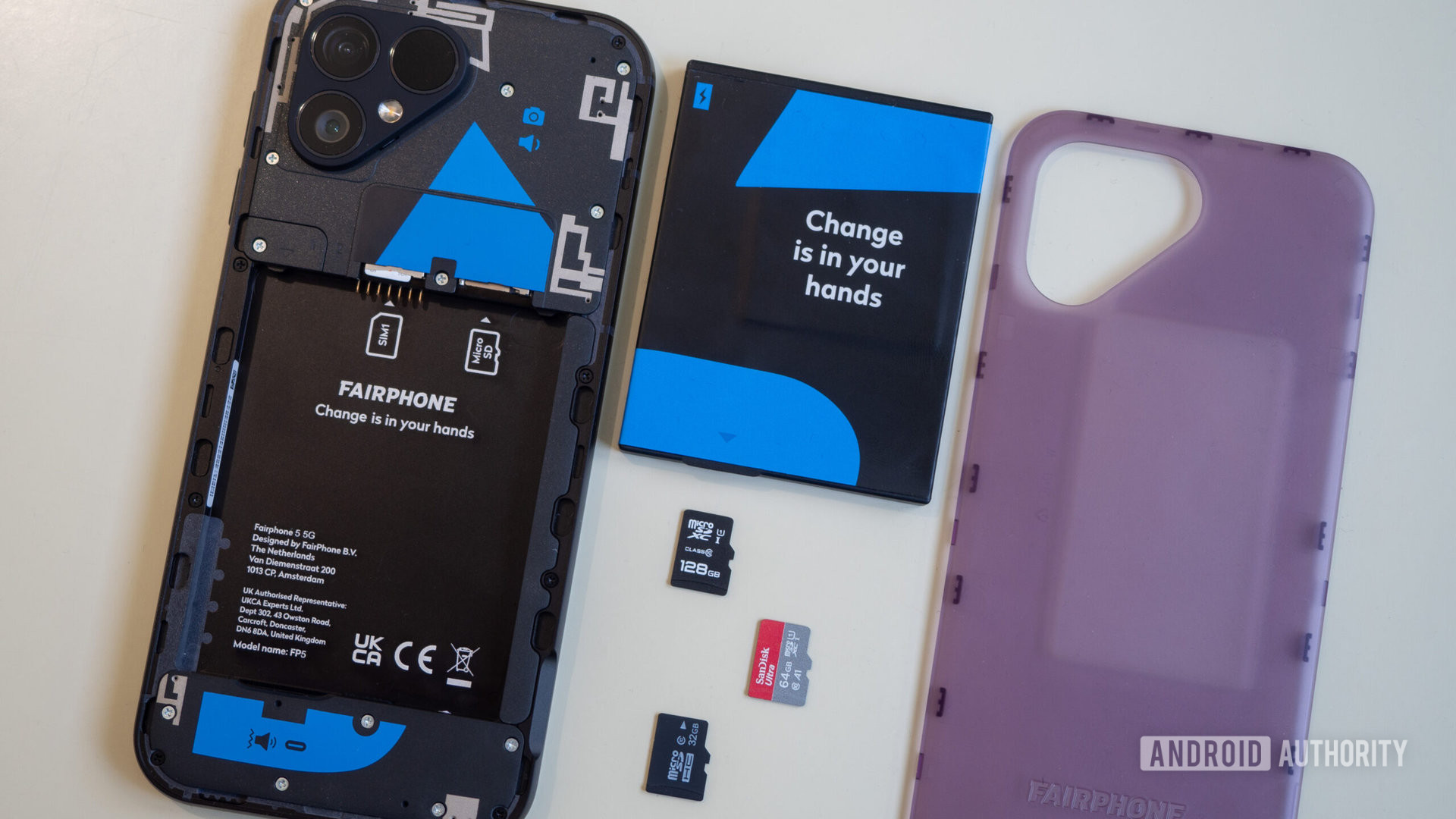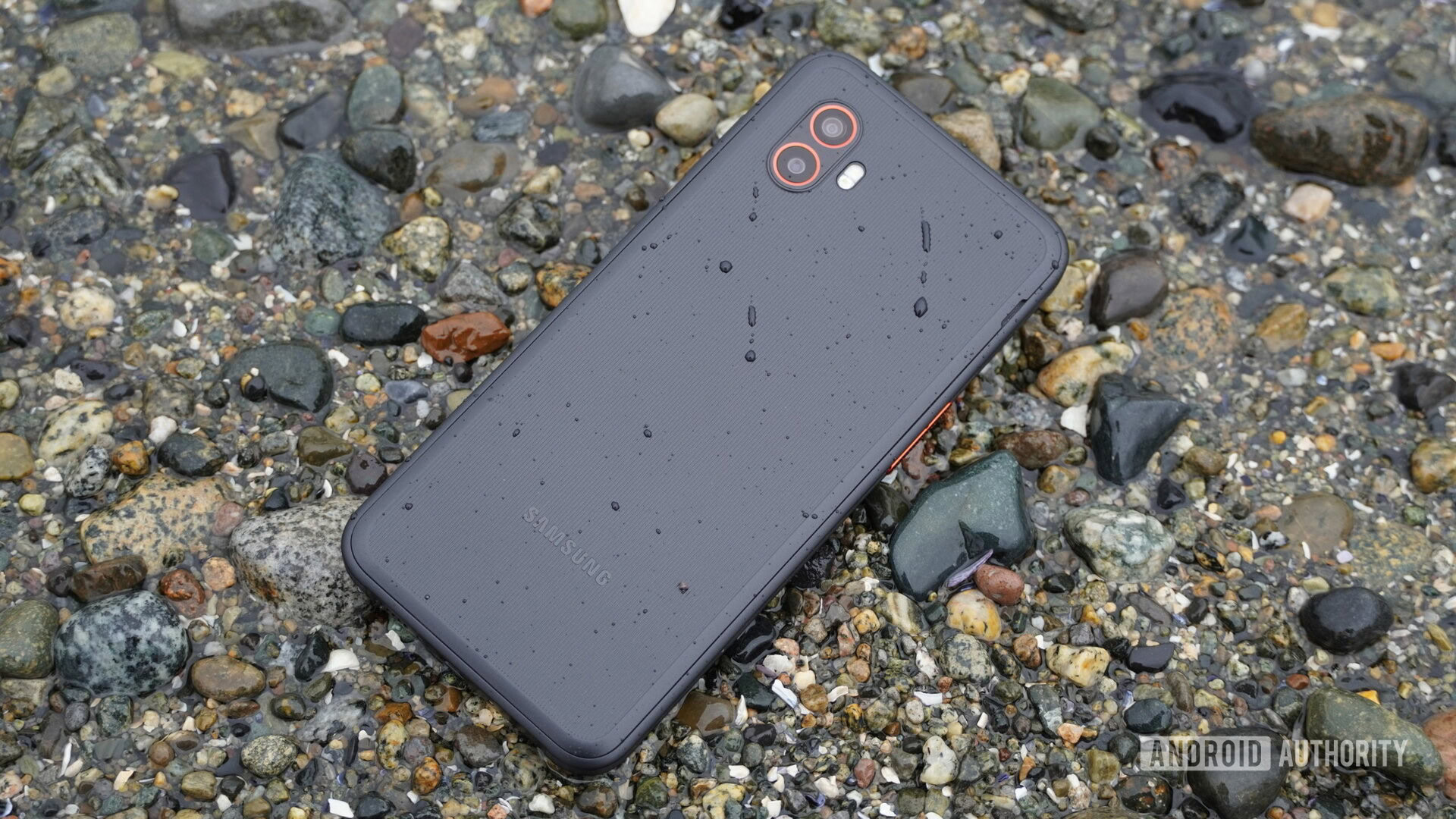Affiliate links on Android Authority may earn us a commission. Learn more.
7 years of updates means the Galaxy S25 should have a removable battery

Google surprised us in October when it announced that the Pixel 8 series would offer seven years of security and OS updates. Samsung didn’t take this lying down, as it revealed that the Galaxy S24 series has seven years of updates too.
That’s all well and good, but do you know what should be the next logical step for Samsung and Google to help keep our handsets running for longer? The return of removable batteries.
Do you think the Galaxy S25 should have a removable battery?
Why the time is right for removable batteries

The biggest reason for the likes of Samsung and Google to adopt removable batteries is the issue of battery degradation. Smartphone batteries typically last for 800 charging cycles (two to three years) before dropping to an effective capacity of 80%. In other words, a phone with a 5,000mAh battery will effectively have a 4,000mAh battery after two or three years of use. Eventually, that won’t be enough to make it through a full day. We have seen the likes of OPPO, Realme, and OnePlus touting 1,600 charging cycles (over four years) before the battery degrades to 80%. But these brands are the exception rather than the rule.
Even if Samsung and Google use more resilient battery tech, the Galaxy S24 series and Pixel 8 line will see a noticeable drop in battery life long before they stop receiving updates. That’s a disappointing prospect for the base Galaxy S24 in particular, which only ships with a 4,000mAh battery.
The Galaxy S24 and Pixel 8 will see a major drop in battery life way before the updates stop coming.
Battery degradation and, therefore, reduced battery life, is one of many reasons why people upgrade to a new phone in the first place. Speaking from experience, my old Mate 20 Pro went from roughly two days of battery life to requiring a charge pretty much every day.
Degradation isn’t the only problem associated with older phones; swollen batteries can become a problem down the line. This swelling can result in a phone’s rear cover popping off or cracking, leaving a previously water-resistant device vulnerable to water damage.
You can replace your battery at a repair center, but this isn’t always a viable option depending on your location. Some manufacturers and retail partners also charge a high price for replacing the battery. Apple and Samsung charge up to $100, for example. So I can understand why people might look at these fees and think, “I can get a cheap upgrade instead.”
Battery replacement costs and swelling are two other reasons why you should want a phone with a removable battery.
Battery degradation, replacement costs, and swelling aren’t the only reasons why Samsung should offer a removable battery on the Galaxy S25. The European Union (EU) has mandated that all smartphones have removable batteries by 2027. The Galaxy maker could get a jump-start on the competition by adopting removable batteries sooner.
A phone with an easily replaceable battery also means you can buy a spare battery at launch and swap it out when you actually need it. There is no need to hope and pray that the manufacturer or retail partner still offers replacement services six years after you bought the device.
All the other removable battery perks apply

Even if you don’t care about battery degradation, there are still several other reasons to want a removable battery. For one, you can quickly swap out a battery in seconds instead of waiting an hour or more for the phone to charge. This is less of a pain on phones like the OnePlus 12 that charge in 30 minutes or less. But it’s still a handy benefit if you’re in a rush.
Now, some of you might question whether a phone with a removable battery could affect the IP rating. However, Samsung’s Galaxy Xcover series, including the Galaxy Xcover 6 Pro, shows you can have a removable battery and an IP68 rating.
Perhaps the biggest downside to an easily replaceable battery is that manufacturers are more constrained by battery shape, and so can’t eke out a few more mAh. Some phones with a removable battery are also relatively thick, but handsets like the FairPhone 5 and XCover 6 Pro show that a relatively slim form factor is possible. In saying so, I anticipate this could be a significant challenge for foldable phones, as these devices are already thick, even with sealed batteries. These phones also offer dual battery designs, complicating matters even more.
Updates mean nothing if your phone can’t hold a charge
Nevertheless, it’s clear that smartphone manufacturers need to bring their hardware commitments in line with their recent software promises. After all, a seven-year commitment to updates doesn’t mean much if your phone can’t get through the day or it’s damaged due to battery swelling.
An easily replaceable battery and ready access to spare parts should also be a high priority for smartphone brands if they really want to show they’re serious about sustainability. After all, what’s the point of 100% recycled packaging if you’re just gonna buy a new phone when your old one breaks?